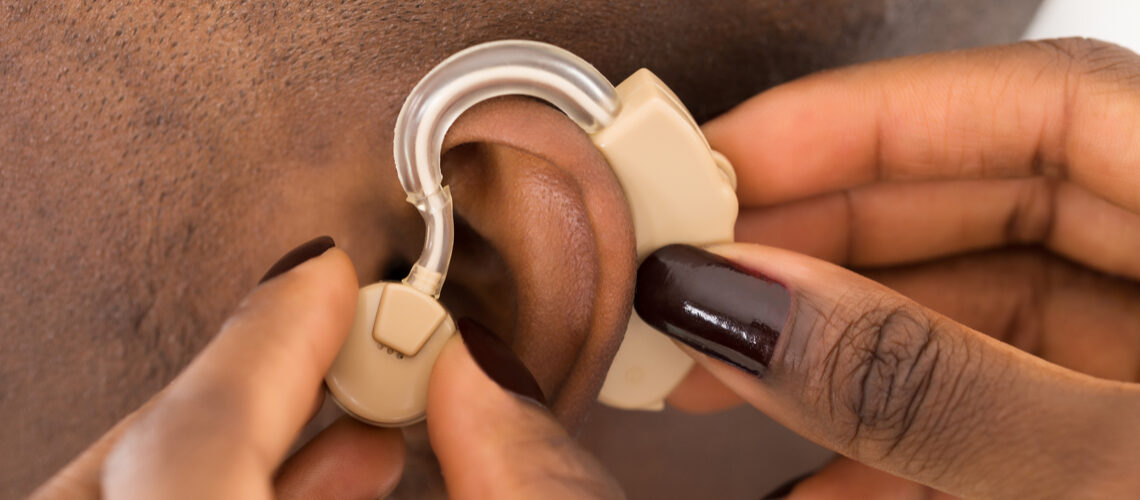The World Health Organization (WHO) has warned that the number of people in Africa living with hearing loss could rise to 54 million by 2030 without urgent intervention.
In a report released on October 7, WHO noted that the current figure of 40 million people with hearing loss costs the continent $27 million annually, significantly impacting lives and economies.
The report was unveiled at the African Summit on Hearing Impairment in Nairobi, Kenya, highlighting that hearing loss disproportionately affects poor and vulnerable populations.
WHO emphasized that without prompt action, the issue will escalate, exacerbating existing inequalities in access to healthcare. Hearing loss can have severe consequences for children, including delays in language development, which can lead to poor educational outcomes and limited future career opportunities.
Adults with untreated hearing loss often experience isolation, loneliness, and increased risks of depression and dementia.
The report identifies several factors contributing to the rise in hearing loss across WHO’s Africa Region, which encompasses 47 countries. A major issue is the acute shortage of ear and hearing care (EHC) specialists, with many available professionals concentrated in urban areas.
For instance, over 56% of African countries have only one ear, nose, and throat (ENT) specialist for every million people, compared to roughly 50 per million in Europe. Additionally, more than three-quarters of countries have fewer than one audiologist and speech-language therapist per million people.
While 33 million Africans could benefit from hearing aids, only about 10% have access due to insufficient EHC funding and high costs. The report also highlights that in low and middle-income countries, up to 75% of childhood hearing loss is preventable, often caused by infections, common ear diseases, or birth complications. Despite this, many countries do not routinely conduct newborn hearing screenings.
Moreover, even in countries with existing EHC programs, interventions are often not integrated into school and workplace health initiatives or healthy aging programs. The lack of national policies and plans to enhance EHC delivery, coupled with low implementation rates where they exist, further complicates the situation.
Alarmingly, 35% of countries do not allocate a budget for EHC activities, forcing patients to shoulder the full cost of their treatment and care.



